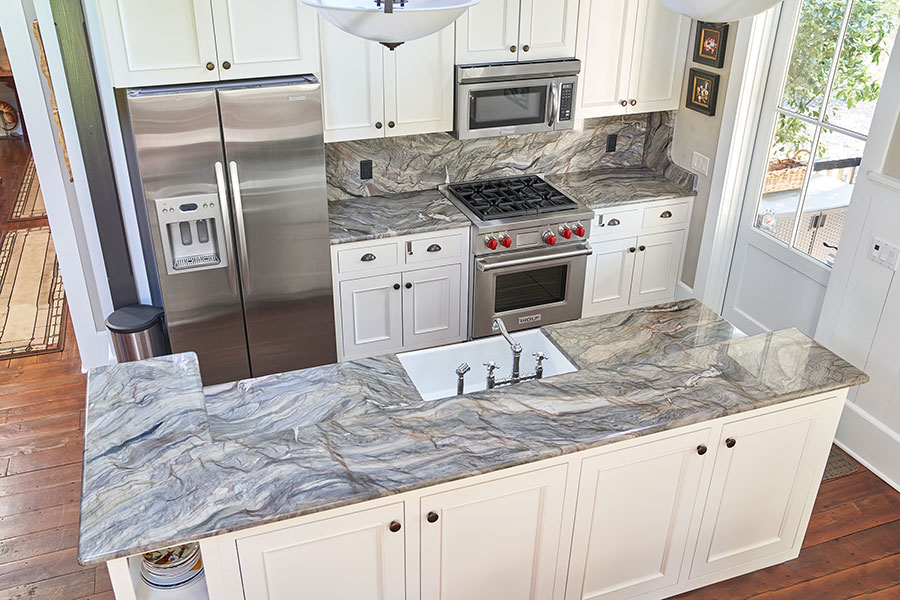Niche boxes, often overlooked in conventional interior design, present a versatile and visually compelling way to enhance both the functionality and aesthetic appeal of a space. These recessed wall features can serve as subtle design statements or focal points, depending on how they are used. When integrated thoughtfully, niche boxes offer an elegant blend of form and function, lending character and dimension to flat walls while simultaneously providing storage or display opportunities. One of the most creative uses of niche boxes is in living rooms and lounges, where they can break up the monotony of plain walls and add depth without the need for bulky shelving. Whether used to house a curated selection of books, decorative sculptures, or indoor plants, niche boxes can be tailored to reflect your personal style. Playing with shapes such as arches, squares, or elongated rectangles adds architectural interest, while thoughtful lighting, such as embedded LED strips, can further accentuate their contents and create a cozy ambiance.

In kitchens, niche boxes offer a practical yet stylish solution for storing spices, utensils, or glassware. Instead of standard cabinetry, a series of small, open niches can keep daily essentials within reach while doubling as design elements. By using contrasting materials like wood against a tiled backsplash—you can elevate their presence and create visual rhythm across the walls. Open kitchen niches can also help small spaces feel more open, avoiding the visual heaviness that closed cabinets can bring. Bathrooms particularly benefit from the addition of niche boxes, especially in shower enclosures or above bathtubs. A recessed shelf for toiletries eliminates the need for clunky organizers, keeping the area sleek and streamlined. When tiled in the same or a complementary pattern as the surrounding wall, the niche feels seamless, but when designed with a contrasting finish, it can serve as a subtle statement piece. Adding plants or candles to these areas transforms them into spa-like sanctuaries.
In bedrooms, niche boxes can replace traditional headboards with built-in displays for books, art, or ambient lighting. A row of niches above or beside the bed can also act as nightstands, saving space in smaller rooms. They offer a unique opportunity to create layered texture and depth, particularly when combined with different materials like wood paneling or wallpaper. Similarly, children’s rooms can benefit from niches used as imaginative display zones for toys, art supplies, or themed decorations, adapting as the child grows. Hallways and entryways also gain from the subtle drama of niche boxes. These transitional spaces often lack built-in functionality, but niche boxes can introduce purpose and charm try here to find more info. Whether used for showcasing family photos, seasonal décor, or practical items like keys and mail, they add personality without overwhelming narrow corridors. Ultimately, niche boxes blend utility with artistry. Whether used as discreet shelves or eye-catching focal points, their design potential is limited only by imagination.
